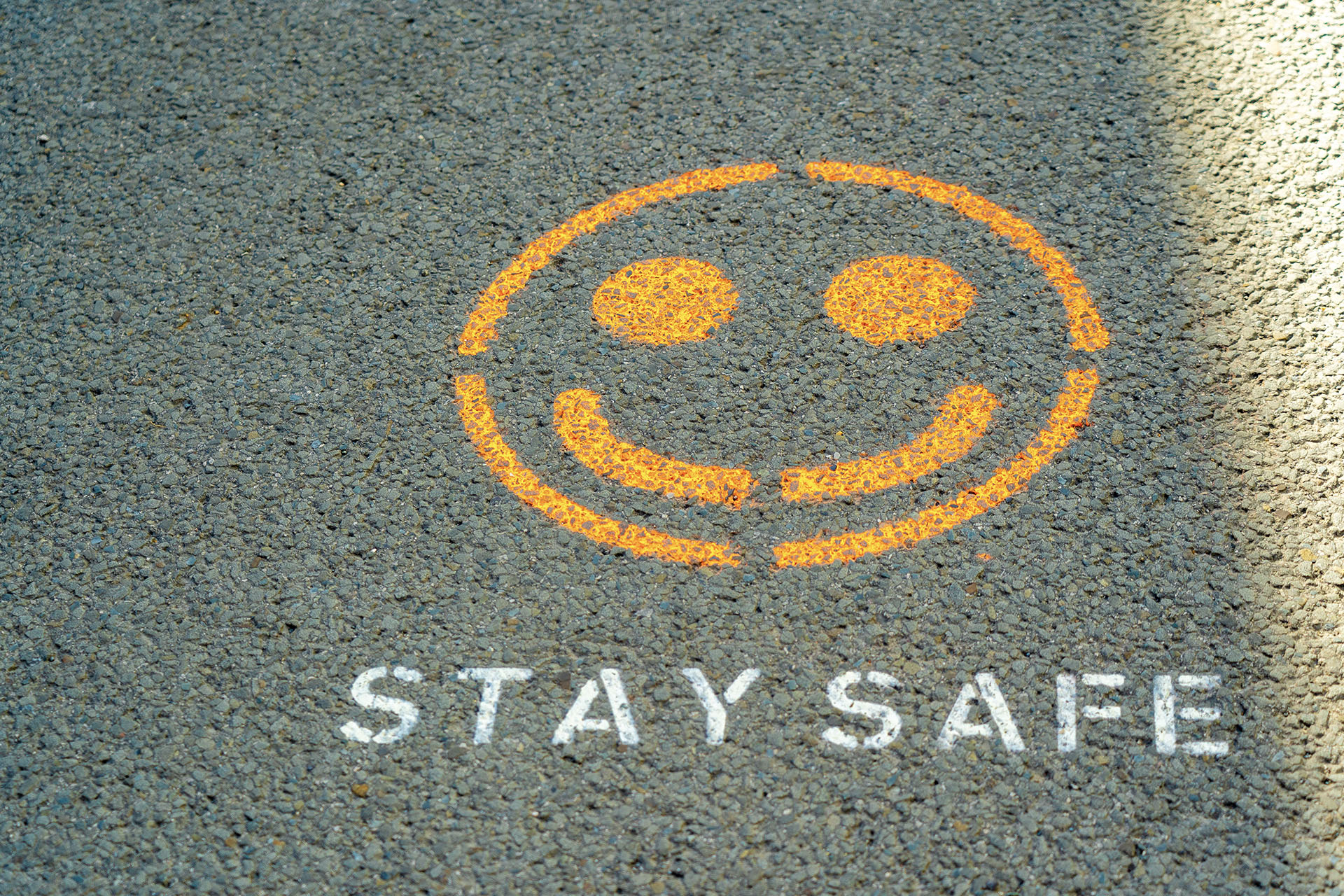As a business owner, you have a legal responsibility to manage health and safety in your workplace. What these responsibilities are specifically varies depending on the type and location of your business. Each Australian state and territory has its own laws in place, however the overall aim of each of these is similar.
Workplace health and safety
Essentially WHS involves the management of risks to the health and safety of everyone in your workplace. This includes your employees and contractors, as well as customers, visitors and suppliers.
At a minimum, business owners should:
- provide a safe work environment, equipment and facilities
- establish safe ways of working, use and handling of equipment and substances
- provide information, training and supervision when required
- monitor the health of workers and conditions at the workplace
While it may cost time and money to establish safe practices, policies and procedures, the costs of not doing so could include prosecution, fines and business interruption or – worst case – injury or death to a team member or someone else.
Workers’ compensation laws also require you to have a workers’ compensation insurance policy for your employees in the event that they suffer an injury or illness as a result of a workplace incident.
Of course, safety is not just responsibility of the employer – employees are expected to support their employers
What you should be doing
- Understand your obligations under the relevant legislation
- Assess risks to mental and physical health and wellbeing
- Create health and safety policy and procedure
- Review health and safety policy, procedures and reports
- Involve team members to develop a culture that supports health and wellbeing
What not to do
- Ignore real or perceived risks to health and safety of your team members
- Assume that your team members know what they should do – training is a must!








